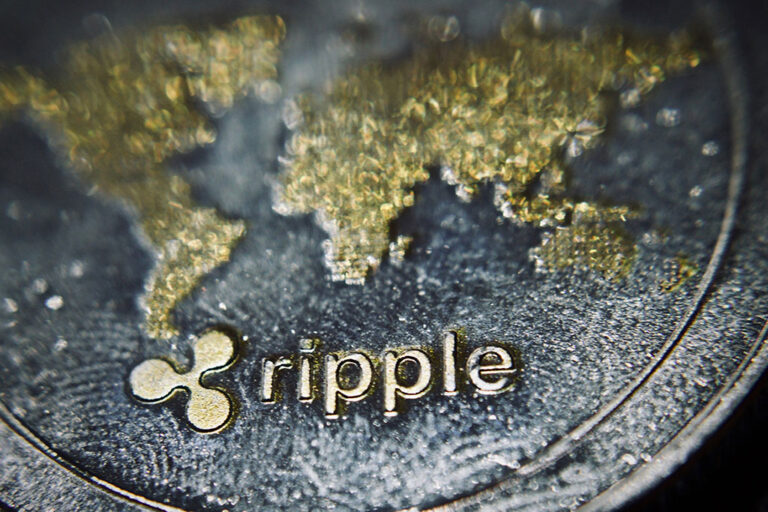Ripple Labs has burnt a significant quantity of RLUSD stablecoin amid advanced testing phase
Blockchain payments firm Ripple Labs Inc has burnt almost 47 million RLUSD stablecoins in 24 hours. The sudden token burn has sparked intense speculation about what might be brewing at Ripple Labs.
The crypto community wonders if this signals an imminent announcement about the company’s much-anticipated stablecoin. Others wonder if the move is a strategic maneuver to clear regulatory and technical hurdles.
Ripple’s latest market moves have been carefully orchestrated as the global appetite for stablecoins surges.
The Stablecoin Journey: Ripple’s Big Ambitions
On Wednesday, the Ripple Stablecoin Tracker account reported that a whopping 46,676,120 RLUSD tokens were burned. This burn, conducted within a single day, effectively removed the majority of these minted tokens from circulation.
Pretty much all #RLUSD was burned today.
On each Ethereum and XRP Ledger there is only around 100k RLUSD left. pic.twitter.com/05poexxvcE
— Vet (@Vet_X0) November 28, 2024
Token burning often serves multiple purposes, such as reducing supply to increase scarcity or signaling upcoming changes within a network. As Ripple approaches the launch of its stablecoin, it could hint at a critical milestone ahead.
In April, Ripple officially entered the stablecoin race, targeting the lucrative and rapidly growing demand for dollar-pegged digital assets. Stablecoins like Tether (USDT) dominate the market with a staggering $130 billion market capitalization. Circle’s USD Coin (USDC) is closely behind and is valued at nearly $40 billion. Ripple aims to carve out its niche in this competitive space.
Ripple has already begun testing the RLUSD stablecoin with selected enterprise partners. Unlike some stablecoins, which are typically tied to a single blockchain, Ripple’s token is designed to be interoperable across multiple networks.
This means RLUSD can operate on several platforms, allowing for greater flexibility and wider adoption. In August, RLUSD was minted on the XRP Ledger (XRPL) and Ethereum.
This dual-chain approach ensures that Ripple’s stablecoin can tap into the ecosystems of both XRP and Ethereum. Significantly, these on-chain networks are widely used in various applications like cross-border payments and Decentralized Finance (DeFi).
This move aligns with Ripple’s vision to make the upcoming RLUSD token a dominant, multi-chain stablecoin that can serve users across different platforms and ecosystems.
Ripple Faces Regulatory Roadblocks: The DFS Challenge
Despite Ripple’s progress, regulatory approval remains a significant hurdle.
Securing authorization from the New York State Department of Financial Services (DFS) is critical for Ripple’s stablecoin to gain legitimacy in the US market.
The DFS has stringent standards for issuing licenses, particularly for stablecoins. Notably, Stablecoins have become the backbone of cryptocurrency markets, enabling seamless trading, remittances, and even DeFi applications.
Ripple’s ability to navigate this complex regulatory landscape could make or break its stablecoin aspirations.
The company’s President, Monica Long, recently hinted that some enterprise customers were already using the stablecoin before its public release. While she initially suggested a 2023 launch, the official timeline remains unclear.
next